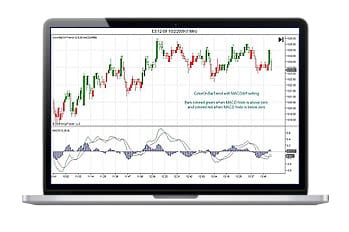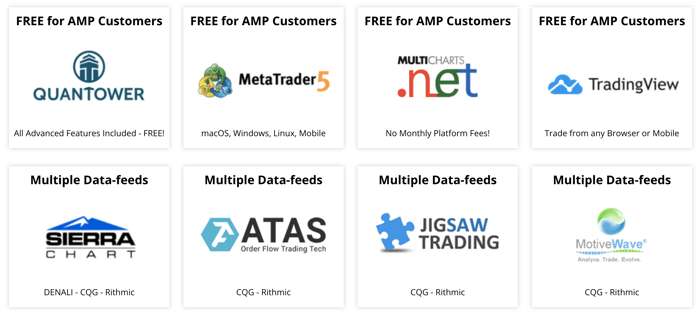Futures Trading Education
What Are Futures?
Futures are contractual agreements made between two parties through a regulated futures exchange. The parties agree to buy or sell an asset – livestock, a foreign currency, or some other item – at a certain time in the future at a mutually agreed upon price. Each futures contract specifies the quantity and quality of the item, expiration month, the time of delivery and virtually all the details of the transaction except price, which the two parties negotiate based on current market conditions. Some futures contracts call for the actual, physical delivery of the underlying commodity or financial instrument at contract termination. Others simply call for a cash settlement at contract termination. Generally, however, market participants do not hold their futures contracts until termination but rather offset futures contracts they have bought (“gone long”) by a subsequent sale; or, offset futures contracts they have sold (“gone short”) by a subsequent purchase.
In broadest terms, futures are about anticipated future prices of basic commodities and financial instruments, based on current information. Futures are concerned with such questions as what will the price of cattle be next December? What will interest rates be in six months? How much will a euro be worth in May?
Because commodity prices are constantly changing, virtually all businesses face ongoing price risk. Meat processors face risk from fluctuating cattle prices, lenders from changing interest rates, and international businesses from varying currency rates. All these businesses can use futures to help manage their exposure to price risk.
Futures contracts price agreements are bought and sold in what is basically a marketplace of opportunity for two symbiotic groups: hedgers, who seek to offset price risk, and speculators, who try to make a profit from favorable price fluctuations. Hedgers are typically businesses and financial institutions who buy and sell futures contracts seeking to lock in future prices for commodities that are essential to their business operations. Speculators are a diverse group that includes day traders, financial institutions such as banks and hedge funds, and arbitragers. These groups are brought together at a futures exchange, which provides a venue where their orders may interact on a trading floor or a computer network, and where price agreements can be negotiated.
Traders decisions generally arebnot random, but are based on a synthesis of a great deal of data and a variety of different strategies. Some people make trading decisions based on fundamental analysis of the forces of supply and demand in a commodity market (fundamental analysis); others trade based on an analysis of market trends and price chart patterns (technical analysis).
Because futures prices represent the aggregate of all available information that may affect the market, they are viewed as reflecting a process of price discovery. Prices change constantly in response to numerous factors, ranging from weather and wars to political decisions and popular trends. The futures markets assimilate that information and provide a means of determining the price above which buyers will not buy and below which sellers will not sell the equilibrium price, where the supply to be sold and the demand to buy are in balance. The price of futures and the underlying cash markets on which futures are based tend to come together or converge by contract expiration. The price of a futures contract at expiration and the cash (spot) price of the underlying asset must be the same, because both refer to the same asset are basically equivalent, because both prices refer to the same asset.


